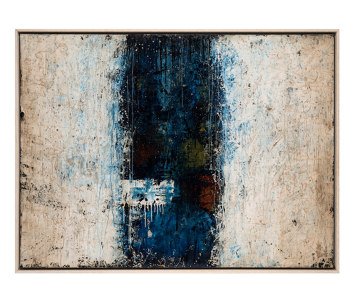Postmodern Architecture: Everything You Need to Know
Generally, postmodernism was seen as a reaction against modernist architecture. Starting in the late 1960s and early 1970s, “the idea that one could simply build a better world had very much run its course,” Hopkins adds. People no longer believed that architecture could solve many deep-rooted social, political, social, and racial injustices. “There was a very dramatic shift, and that was what postmodernism was about.” In 1966, architect Robert Venturi published a book titled Complexity and Contradiction in Architecture in which he explored the ways he hoped a new style could replace modernism. “I speak of a complex and contradictory architecture based on the richness and ambiguity of modern experience, including that experience which is inherent in art…. I prefer “both-and” to “either-or,” black and white, and sometimes gray, to black or white.” Postmodern design welcomed exploration, and many notable buildings of the style feature an irreverent combination of styles, forms, and humorous details.
What is one purpose of postmodern architecture?
In addition to Complexity and Contradiction in Architecture, another book by Venturi, this one co-authored by architect and urban planner Denise Scott Brown, also played a large role in the emergence and understanding of postmodern design. Called Learning From Las Vegas, the book centered on a study of Las Vegas, particularly the use of signs and symbols on the Las Vegas strip. The theorists argued that modernism had erased the use of decoration to convey meaning, and faulted the style for this offense. It is in many of these critiques that the ideologies and purpose of postmodernism were born. Much of the postmodern movement was about creating buildings that narrate their function, rather than just expressing it.
As Hopkins explains, “Designers reacted against what was perceived as the misguided attempts of modernist architects to remake the world via architecture and instead settled for the world as it is. Instead of trying to resolve the contradictions in the world, they actually reveled in them and explore them.”
Defining elements and characteristics of postmodern architecture
Because of its origins as a contradiction to modernism’s perceived formality and lack of variety and ornamentation, postmodernism can be viewed as the opposite. Postmodern buildings are often described as looking “mishmash,” and that’s generally on purpose. “Quoting or referencing historical styles is a large part of postmodern architecture,” explains Hopkins. “This is not about trying to recreate buildings of the past, but it is lifting elements out of their context and putting them together in slightly fragmentary, but always unexpected ways.” It wouldn’t be unusual in postmodern design to see things like columns or cornices, which are historically associated with Greek and Roman architecture, and see them placed within a high-tech style building, for example.
“One of the modern ideals was the idea that materials should look like what they are, and postmodernism kind of threw that out the window,” Hopkins says. Designers would embrace using materials that appeared different from what they actually were, and therefore shuffled in a greeter interest in surface and veneer. “And that lead into other interests in color and intense pattern,” Hopkins explains. “It’s said that modernism was about paring things back, reducing architecture to its kind of fundamentals. And postmodernism was taking the opposite approach and building things up, layering, and just adding more ideas, symbols, and references in a way that would communicate what it does.”
What are the characteristics of postmodern architecture?
To better understand postmodern architecture, consider the following list of architectural elements. Though not exhaustive, postmodern buildings will often include the following:





